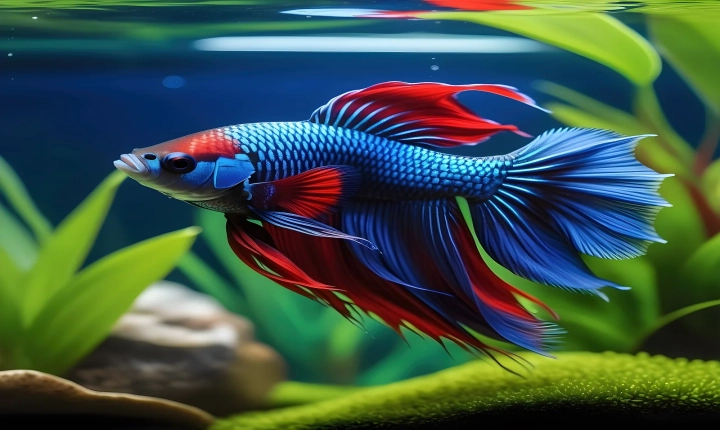OpenAI Gym is a powerful toolkit for developing and comparing reinforcement learning algorithms. It provides a wide variety of environments that developers can use to train and test their algorithms. In this article, we will explore how to use OpenAI Gym to generate transitions, which are essential for training reinforcement learning models.
Step 1: Install OpenAI Gym
First, you need to install OpenAI Gym. You can do this by running the following command in your terminal:
“`python
pip install gym
“`
Step 2: Choose an Environment
Once you have OpenAI Gym installed, you can choose an environment to work with. OpenAI Gym provides a range of environments, including classic control, Atari games, and robotics simulations. For this article, let’s choose the classic CartPole environment, which is a simple balancing game.
Step 3: Create an Environment Instance
To create an instance of the CartPole environment, you can use the following code:
“`python
import gym
env = gym.make(‘CartPole-v1’)
“`
Step 4: Generate Transitions
Now that you have an environment instance, you can start generating transitions. Transitions consist of state-action pairs, the resulting reward, and the next state. You can create transitions by running the environment’s step function. This function takes an action as input and returns the resulting state, reward, and a flag indicating whether the episode is done.
Here is an example of how to generate transitions in the CartPole environment:
“`python
state = env.reset()
done = False
while not done:
action = env.action_space.sample() # Random action for demonstration purposes
next_state, reward, done, _ = env.step(action)
# Store transition: state, action, reward, next_state
# More sophisticated reinforcement learning algorithms will use this transition data for training
state = next_state
“`
In this example, we first reset the environment to its initial state. Then, we enter a loop where we take random actions and store the resulting transitions. You can replace the random action with your custom action selection strategy to improve the learning process.
Step 5: Training Your Model
Once you have generated a sufficient number of transitions, you can use them to train your reinforcement learning model. There are various algorithms, such as Q-learning, SARSA, and deep Q-networks, that you can use to train your model using the transition data.
In summary, OpenAI Gym provides a powerful framework for generating transitions for reinforcement learning models. By following the steps outlined in this article, you can start using OpenAI Gym to create and train your own reinforcement learning algorithms. Remember to explore different environments and experiment with different training strategies to find the best approach for your specific problem.
